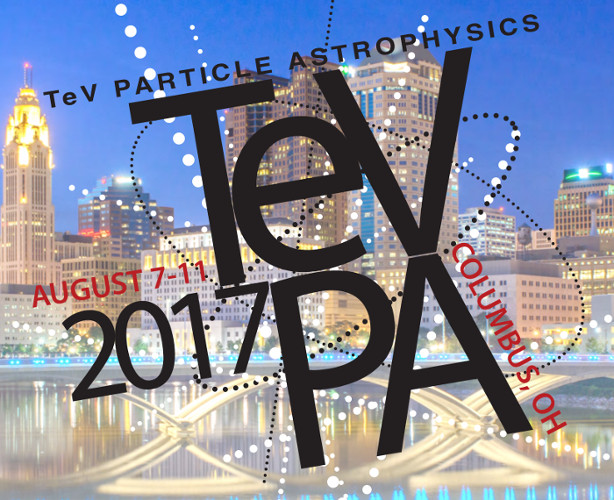Speaker
Description
The sources of the highest-energy particles in the Universe remain a still-unresolved mystery. The reason is that charged-particle astronomy is severely complicated by magnetic deflections, which, for sources in the local Universe, are dominated by the effect of the Galactic magnetic field. I will discuss the PHAESTOS project - a radically new approach to identifying individual sources of UHECR: constructing a 3-dimensional map of the Galactic magnetic field through optopolarimetric magnetic tomography, and backtracking the paths that UHECR traverse through the Galaxy before reaching us, to improve agreement between their (corrected) arrival directions and the location of their sources on the sky. Effectively, this technique aims to improve the charged-particle point-spread-function by a factor of several, boosting the sensitivity to individual sources by a similar factor. This approach is becoming possible for the first time thanks to two experimental breakthroughs: the unparalleled wealth of stellar distances that the Gaia mission is in the process of providing; and recent advances in optopolarimetry of point sources that make possible systematic large-area surveys of stars, such as the upcoming PASIPHAE survey. The combination of Gaia and PASIPHAE data enable the construction, for the first time, of a tomographic map of the Galactic magnetic field, paving the way to ultra-high-energy cosmic-ray astronomy.

